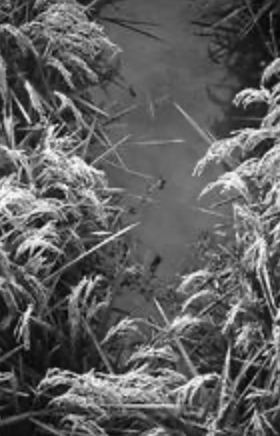Genetics, 2000
Work continues on the basic building blocks of improved rice varieties at the USDA-funded genetics laboratory at UC Davis. Objectives include development of molecular markers to more effectively track sources of resistance to stem rot and blast; mapping genes conferring cold tolerance at the reproductive stage; transferring beneficial agronomic traits from wild species of rice into M-202; and identifying seedling traits for improved stand establishment and weed suppression and competition. Highlights of progress in these areas are discussed below.
Disease Resistance
Scientists analyzed blast resistant donors and susceptible California varieties for molecular markers linked to resistance genes. Egyptian varieties with good resistance to blast were imported and some were crossed with California cultivars at Biggs. Some markers tested hold promise as viable candidates for linkage to resistance genes. Texas researchers have agreed to provide markers linked to blast resistance for use in the California breeding program, enabling them to screen directly for resistance. New markers would help track sources of resistance or combining additional sources of resistance into a single variety.
Two molecular markers linked to stem rot resistance were identified. They reportedly control much of the resistance and should prove useful in evaluating resistance in the breeding program.
Cold Tolerance
Genes associated with cold tolerance in japonica rice were identified through molecular marker mapping. The most important genes control spikelet fertility, panicle development and delayed heading under low temperatures. An attempt will be made to cross these genes into an indica rice variety to develop a cold tolerant indica type.
Transfer of Genes
Geneticists crossed the wild species Oryza nivara with M-202 – described as a laborious and involved process. Progeny from this cross were evaluated for various agronomic traits. Genes associated with higher seedling vigor and yield were identified. These genes will be backcrossed into M-202 for further exploitation in the breeding program.
Weed Competitiveness
Herbicide restrictions in California make more compelling the need to search for plant traits that could result in greater weed competitiveness. O. nivara crossed lines (with M-202) showed encouraging signs of these traits – higher seedling height, increased root growth and increased leaf area. Further testing of this line is necessary to determine if it has potential for weed suppression.


